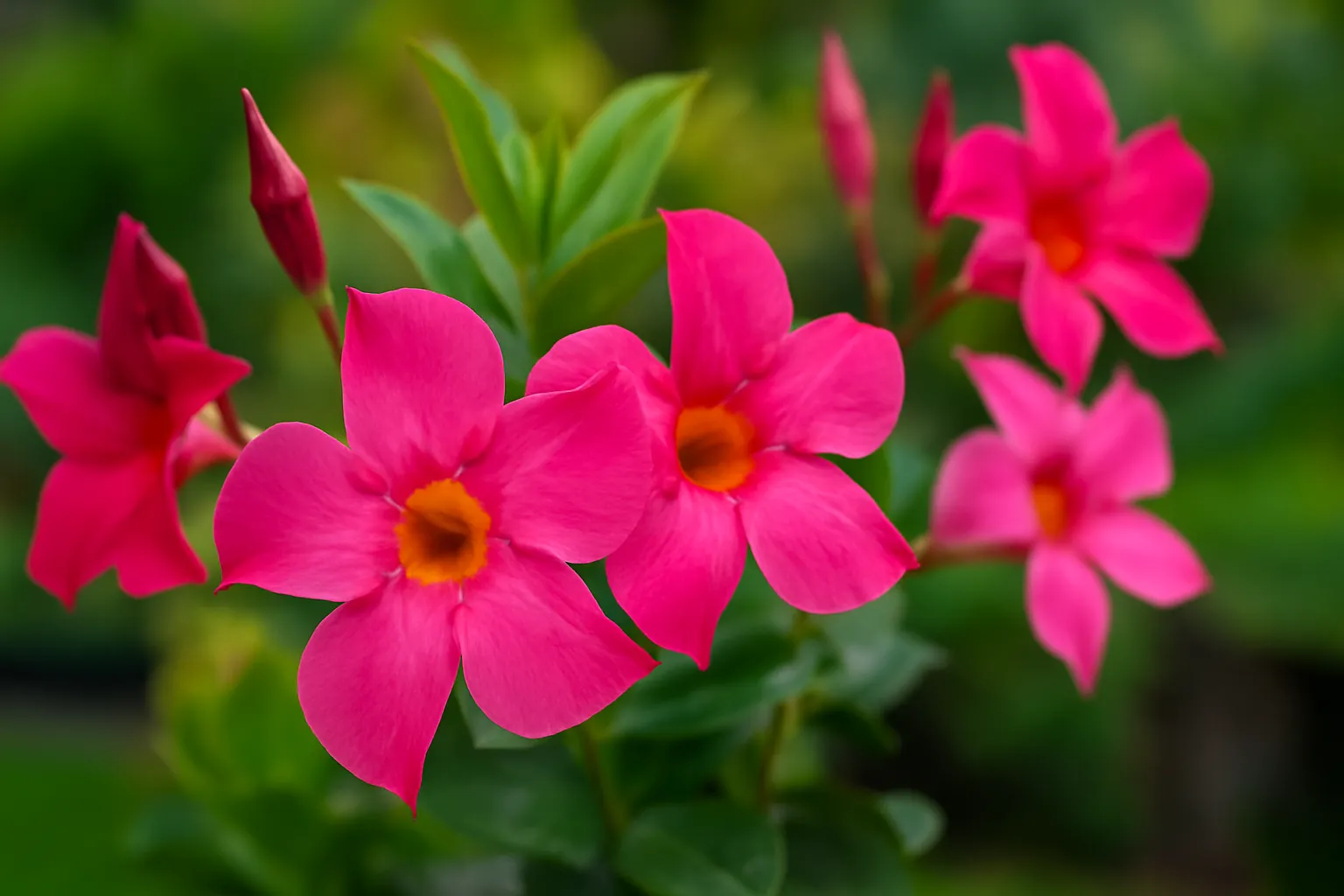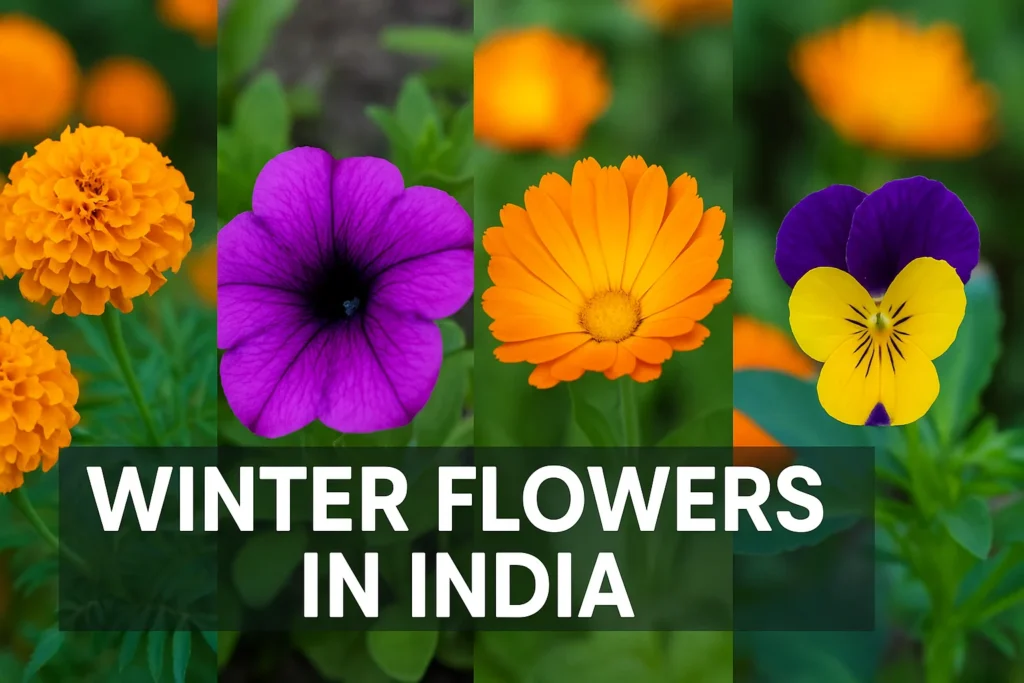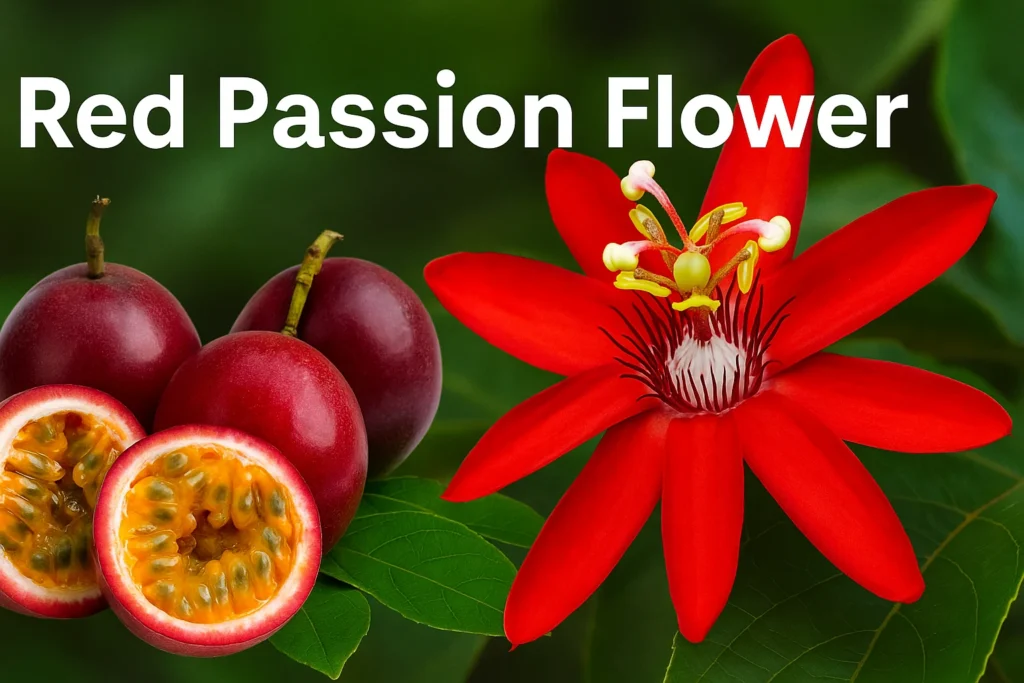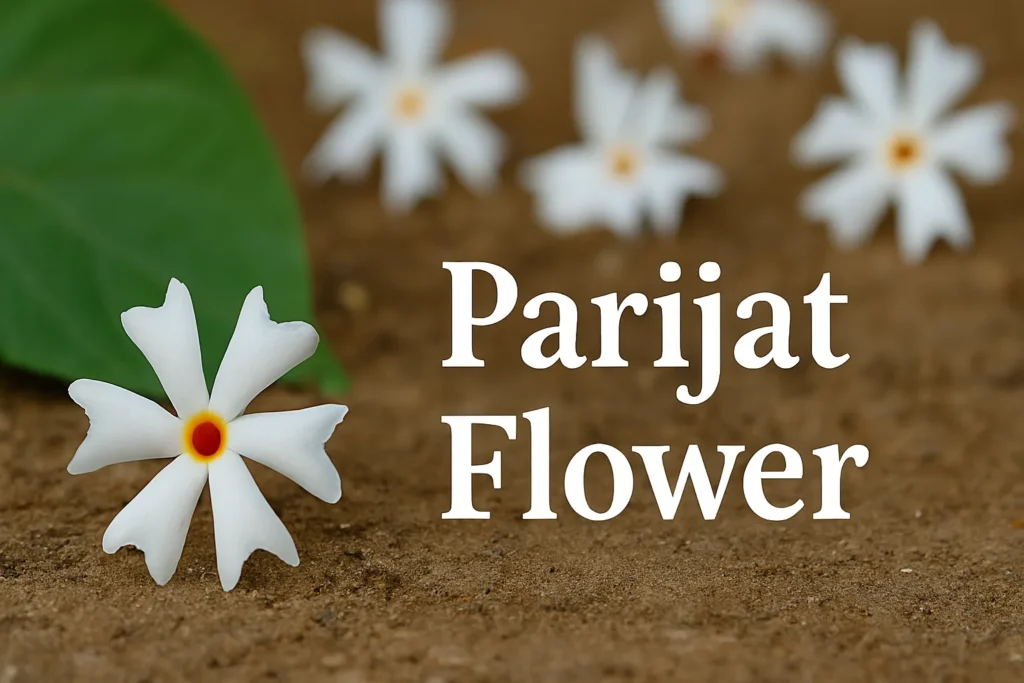If you’re looking to add a splash of tropical color to your garden, patio, or balcony, few plants compete with the dazzling mandevilla flower. This show-stopping creeper, with its array of flower colors and lush vines, is a favorite among garden enthusiasts of all ages. Whether you’re a green-thumbed veteran or just starting out in the world of gardening, learning about mandevilla vines is as enjoyable as growing them. Let’s dig in and discover everything you need to know about this mesmerizing and versatile bloomer.
Why Mandevilla Flowers Are a Gardener’s Delight
Mandevilla plants, also known as rocktrumpet, bring charm and vibrancy wherever they grow. These beauties are adored for their trumpet-shaped blooms and vigorous, twining vines. Mandevilla creepers originate from South America but have won hearts worldwide, thanks to their low maintenance and continuous, showy blooms.
Gardeners appreciate mandevilla for several reasons: they’re rapid growers, their flowers come in a rainbow of shades, and they thrive in pots just as well as in the ground. Best of all, their exotic appearance doesn’t require exotic care!
Exploring the Stunning Colors of Mandevilla Flower
Before you bring a mandevilla home, let’s talk colors. These flowers are available in a delightful variety, ensuring something for everyone:
- Mandevilla White: Elegant and pristine, white mandevilla flowers add a touch of serenity to gardens. They offer a wonderful backdrop for brighter blooms and attract pollinators at night.
- Mandevilla Pink: Perhaps the most popular color, the pink mandevilla brings a cheerful, tropical vibe to any setting. Their eye-catching petals look fantastic climbing trellises or spilling over hanging baskets.
- Yellow Mandevilla: The sunny yellow mandevilla flower is slightly less common, making it a prized find for collectors. This “Yellow Mandevilla Plant” infuses brightness into garden beds or containers and stays in bloom for months.
- Mandevilla Red: While not as widely discussed, bold red flowers rival bougainvillea flower in vibrancy, adding energy and contrast.
The color variety makes it easy to mix and match with other garden favorites. For a truly vibrant setting, consider pairing your mandevilla with a classic Ixora Plant.
How to Plant Mandevilla Flower in a Pot: Step-by-Step Guide
Growing mandevilla in pots can make small spaces burst with life! Here’s a simple approach to get started:
- Choose the Right Pot: A container with drainage holes prevents waterlogging. Ensure it’s deep enough for the vine’s roots and sturdy enough to support a trellis if needed.
- Use Proper Soil: Fill with a quality potting mix that contains peat, compost, and perlite for good drainage.
- Planting: Carefully transfer your mandevilla, keeping the root ball intact. Water well after planting.
- Provide Support: Insert a trellis or a stake for the vine to climb and train it as it grows.
- Maintenance: Place the pot in a sunny location and keep soil consistently moist.
Container-grown mandevilla is ideal for balconies, patios, and porches, much like the versatile Portulaca.
Mandevilla Plant Care: Keeping Your Blooms at Their Best
Starting a mandevilla is straightforward—these plants don’t ask for much but reward you generously! Here’s how to keep your mandevilla plant healthy and flourishing:
- Sunlight: Place mandevilla in a spot with full sun to partial shade. In hot climates, some afternoon protection helps prevent leaf burn.
- Watering: They prefer consistently moist (not soggy) soil. During peak summer, water often, but always let the topsoil dry between watering.
- Soil: Well-draining soil is a must. Use a potting mix rich in organic matter for potted mandevilla.
- Feeding: Fertilize every two weeks in spring and summer with a balanced, slow-release fertilizer for continuous blooms.
- Pruning: Trim back your mandevilla in early spring to encourage bushy new growth.
Caring for mandevilla vines is fairly easy, similar to other flowering favorites like the Sampangi Flower.
Mandevilla Vine: The Perfect Climber for Every Space
If you love vertical gardening, the mandevilla vine is your new best friend. This plant naturally wraps around trellises, fences, and arbors, creating lush green curtains adorned with blossoms. Not only do the vines add vertical interest, but they can also act as natural privacy screens.
For urban gardens or high-rise apartments, growing mandevilla in pots transforms dull spaces, especially when enhanced with an invisible grill, giving you a safe and chic garden area. These vines can reach impressive heights if given proper care and structure.
Mandevilla Vine Care: Tips and Tricks for Year-Round Beauty
It’s one thing to get your mandevilla started, but keeping it happy all season is where the magic happens.
- Pinch off faded blooms to encourage new flowers.
- In colder climates, bring potted mandevilla inside before the first frost. Place it near a window to keep it growing.
- If planted outdoors, apply mulch to retain moisture and protect roots in cooler weather.
With consistent care, mandevilla vines grow rapidly and can be compared to the relentless vim of a Bougainvillea Flower.
Getting Seeds from Mandevilla Flower: Propagation Insights
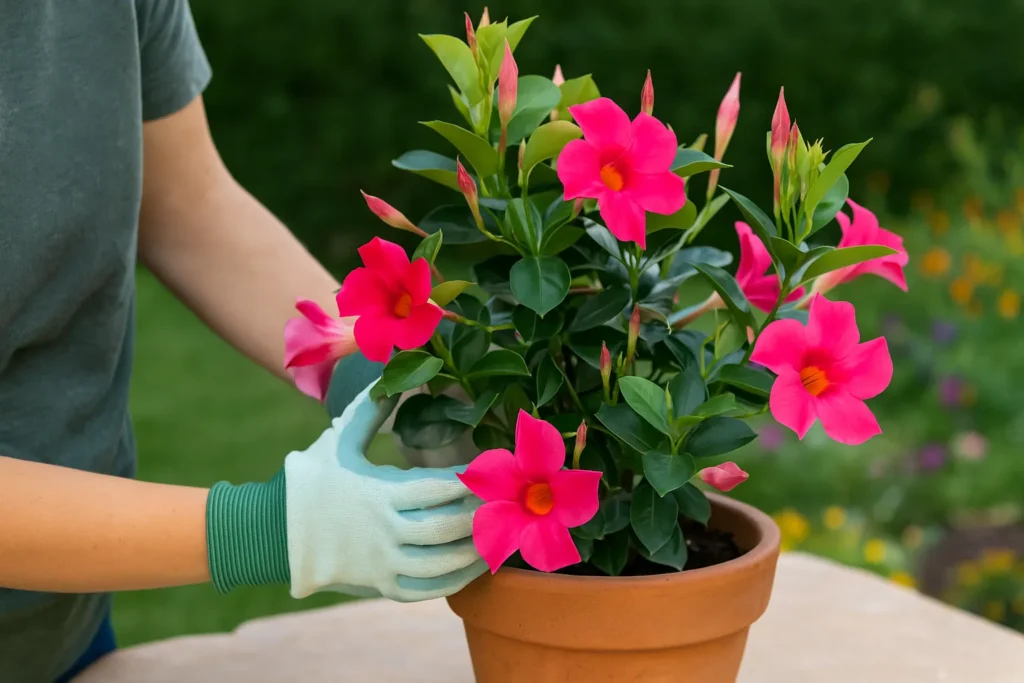
You might wonder: how to get seeds from mandevilla for future planting? While mandevilla can be propagated from cuttings (the easier way), collecting seeds is possible if pollinated pods develop after blooming.
Allow seed pods to get ripe and dry on the plant. Once mature, the pods burst open, revealing silky, feathery seeds. Gently remove them, let them dry indoors, and sow them in spring for best results. Patience is key!
Gardeners who love experimenting with propagation might also enjoy exploring the Dianthus Flower for more variety.
How to Make Your Mandevilla Bloom: Unlocking Maximum Blossoms
Nothing compares to a mandevilla in full bloom. If you’re wondering how to make mandevilla bloom more, consider these tips:
- Light Exposure: Maximum sunlight promotes more flowers. Aim for at least 6 hours of light daily.
- Fertilization: Frequent feeding with a flower-focused fertilizer keeps blooms coming.
- Proper Pruning: Remove leggy stems and faded flowers to direct energy toward new growth.
- Right Conditions: Mandevilla won’t bloom well in soggy soil or heavy shade.
With these steps, your mandevilla’s blooming cycle will be the envy of neighbors—perhaps even rivaling your white mandevilla with vibrant yellow mandevilla flowers.
Conclusion
No matter your gardening space or level of expertise, the mandevilla plant is a dazzling choice for color and charm. With a range of hues—from pink and red to white and yellow—plus ease of care and container flexibility, it truly has something for everyone. By following the tips above, you can enjoy beautiful blooms season after season.
The mandevilla flower isn’t just a plant—it’s a gateway to a lush, striking garden that delights the senses year-round.

